spacestation
Latest

The app promising to make anyone an astronaut
Every kid dreams of becoming an astronaut, of exploring what lies beyond our planet out there in the unknown. It's a romantic notion, but something few ever achieve. The growth of the private space industry in recent times has made it seem all the more attainable, however. Under current projections, SpaceX, Blue Origin and Virgin Galactic will start taking space tourists on trips next year, perhaps even earlier. Naturally, seats on these craft are reserved for the extremely wealthy right now, but there could be another way. Space Nation is a company that's promising anyone can become an astronaut, irrespective of how deep their pockets are. And all you need to do to become a viable candidate is to play a bunch of mobile minigames.
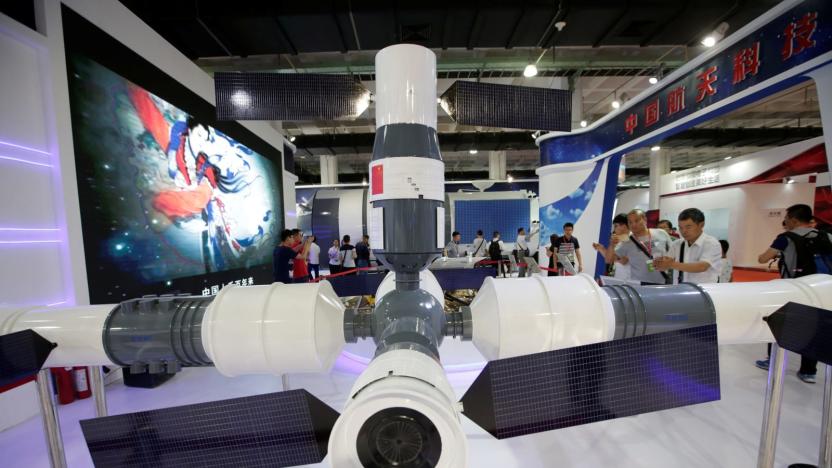
China is inviting international scientists to its future space station
With China's Tiangong-1 space station plummet Earthward to a fiery demise back in April, the country has looked forward to its next space outpost. The East Asian nation hopes to have it in orbit by the end of 2022, and is planning to open it up to the world: UN member states can now apply to visit the China Space Station, as it will be called, to perform experiments.
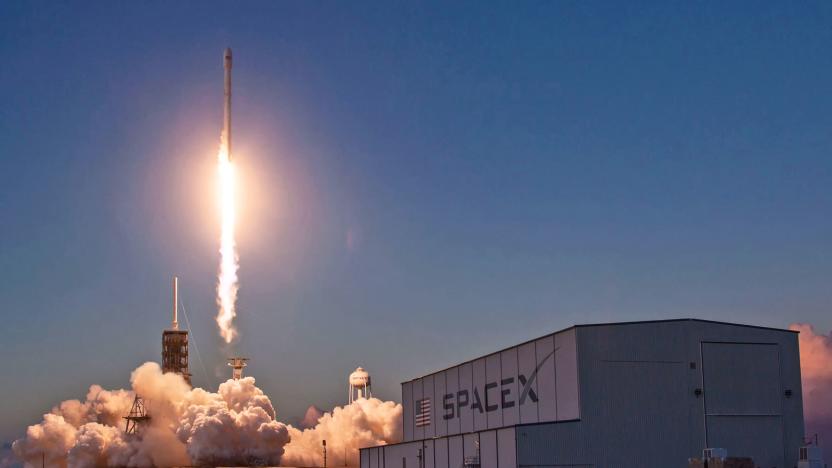
Watch SpaceX launch a reused capsule on a recycled rocket
SpaceX is making an historic first on Wednesday, when it gets one step closer towards realizing its vision of reusable space launch gear. The private space company is launching a space station resupply mission using a refurbished Dragon spacecraft and a previously-flown Falcon 9 booster. Dragon will spend around a month at the International Space Station unloading supplies and filling up with return cargo before returning to Earth, while SpaceX plans to recover Falcon 9 by landing it at its LZ-1 facility at Cape Canaveral. Both parts have been used on other resupply missions before, and if SpaceX's dreams come to fruition, they'll be used again. Watch them blast off live on Wednesday December 13 at 11:24 AM EST (08:24 AM PST).
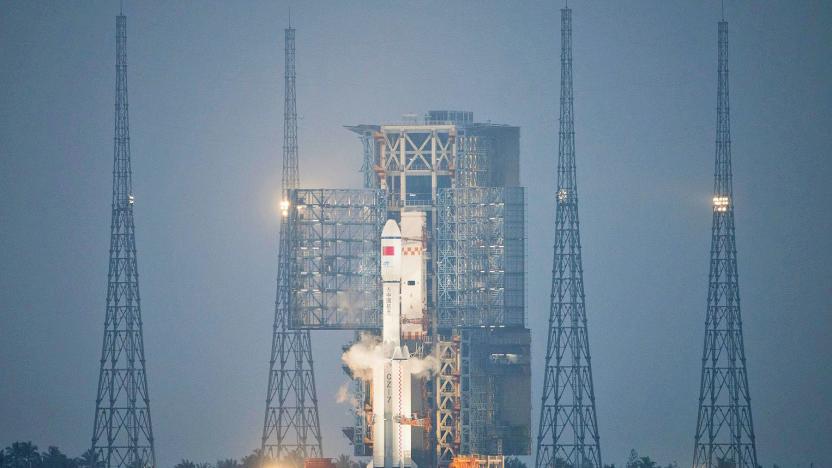
China proves its first resupply spacecraft can reach orbit
China's space program just hit a milestone: according to Reuters, its first cargo probe has successfully proven that it can ferry supplies to orbit. Tianzhou-1 took off from the Wenchang Satellite Launch Center in the mainland on April 20th. In the early hours of April 22nd, Eastern time, it performed an automated docking maneuver to attach itself to the country's orbiting lab, the Tiangong-2. You can think of Tiangong 2 (or "Heavenly Space Lab") as China's experimental space station, which housed two astronauts for a month in October 2016. The country is using it to test new technologies for the larger manned space station that it hopes to establish in orbit by 2022.

Bethesda's 'Prey' reboot makes you fear everything
Prey is all about deception. The first-person shooter starts off simple enough: You're a scientist beginning a new job at your brother's massive research company. You wake up in your bedroom, do some exploring and board a helicopter on top of your roof to head to work, where you're then subjected to some first-day testing. Everything seems to be going fine, until -- much like Valve's 1998 classic Half-Life -- all hell breaks loose. Aliens run rampant in the compound, and you black out during an attack. That's when Prey, the upcoming retelling of the 2006 game of the same name, twists the notion of what you know. You wake up in your bedroom again, just like before, as if the first 30 minutes of the game were a bad dream. But once you start exploring, you discover you're not in an apartment. You're in the middle of a giant sound stage simulating parts of your life, Truman Show-style. Once escaping the sound stage, you learn you're not in a futuristic version of San Francisco but instead on a space station that seems to be largely deserted. But one part of that earlier vision is true: The station is overrun with aliens.
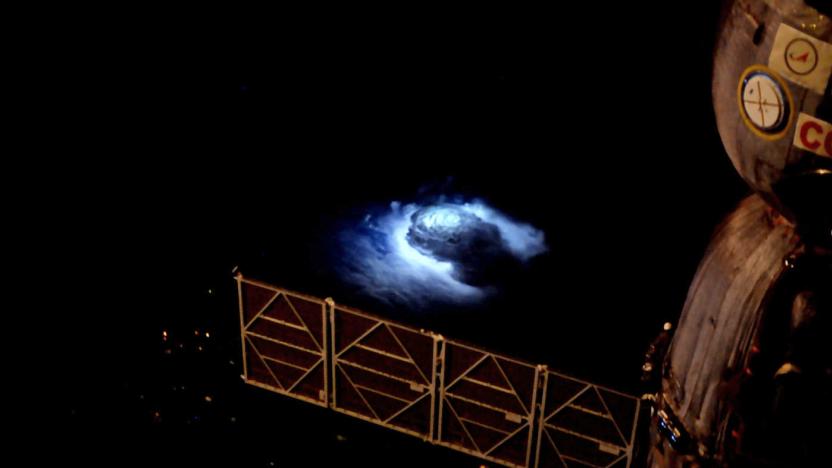
Astronaut filmed elusive blue lightning aboard the ISS
Some types of electrical discharge phenomena like blue jets and red sprites occur way above the altitudes where normal lightning occurs. That makes it tough to see them or even to confirm that they actually take place. There's a group of people living in just the right place to witness them happen, though: astronauts aboard the International Space Station. ESA astronaut Andreas Mogensen filmed thunderstorms from the ISS in September 2015 using the most sensitive camera in the orbiting lab. Now, Denmark's National Space Institute has finally confirmed that Mogensen indeed caught 245 blue flashes on cam -- you've really got to watch the video after the break.

NASA to test a tiny parachute for spacecraft re-entry in 2017 (update)
When JAXA's Kounotori (white stork) 6 left for the ISS, it was carrying a small parachute called "Exo-Brake" with it. Exo-Brake was designed to give small satellites and payloads a way to return back to Earth without getting destroyed in the process, and NASA will put it to the test in 2017*. The contraption looks like a small, cross-shaped parachute that deploys from the rear end of the payload to increase the drag during the de-orbit phase.
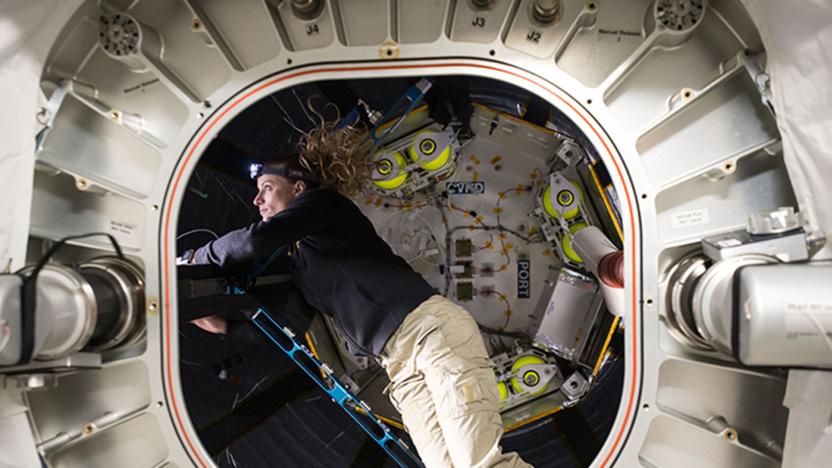
NASA says the ISS' inflatable module is doing great
It's been almost six months since the Bigelow Expandable Activity Module (BEAM) was attached to the ISS, and NASA now has some early data to share. According to BEAM Manager Steve Munday, it's been doing well and performing as expected after the installation hiccup that prevented it from unfolding the first time. To start with, NASA Langley scientists didn't find any sign of large debris impact that could affect the module's ability to protect inhabitants. The folks over at NASA's Johnson Space Center didn't detect abnormally high radiation levels inside the habitat, as well -- in fact, it exhibited levels similar to the rest of the space station's.
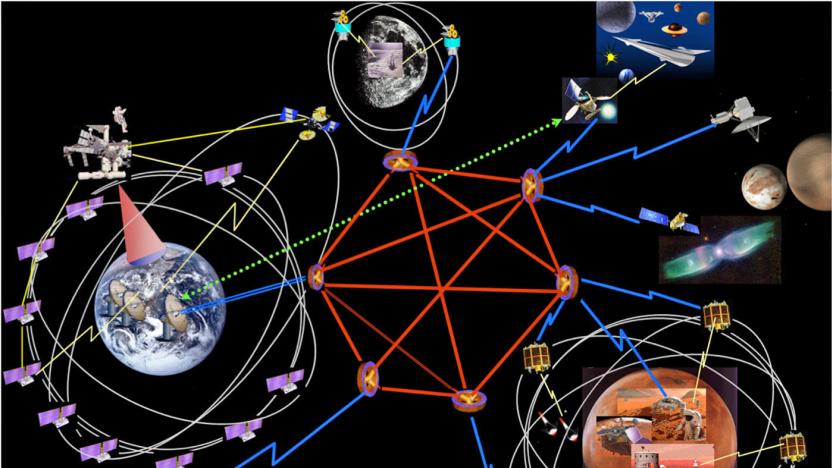
NASA debuts new internet technology aboard the ISS
The ISS has a new technology on board that can transmit data from space much faster than what NASA uses today. See, the internet as we know it here on Earth doesn't work as well for spacecraft millions of miles away. It requires all nodes or connection points on a network -- in space, these are satellites -- to be active at the same time to send information back to the ground team. Since that's not always possible due to the various elements that can block a connection, such as planets, other spacecraft, radiation, and so on and so forth, it takes a long time for data to make it back to Earth. In the worst cases, some data gets lost along the way. This new tech called Delay/Disruption Tolerant Networking (DTN) gets rid of those problems.
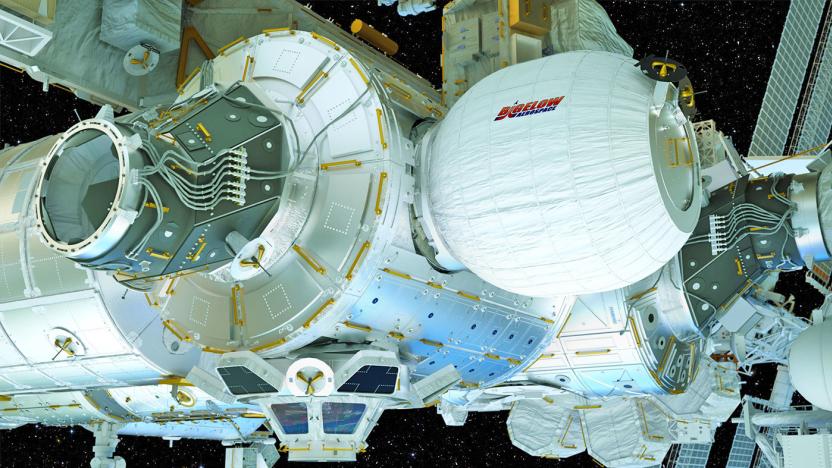
Watch NASA inflate the space station's expandable habitat
It's almost time for the ISS crew to begin testing the Bigelow Expandable Activity Module (BEAM). On Thursday, May 26th, BEAM will be inflated to reach its full size, and you can watch it live on NASA TV, starting at 5:30AM EDT. BEAM was ferried to the ISS aboard a SpaceX flight, which became famous for being the first time the company landed a reusable rocket at sea. It was folded during transport to save space and attached to the station sometime in April, but now it will be expanded to add a 10-x-13-foot area to the ISS.

NASA picks three private space companies to resupply the ISS
NASA will fund the International Space Station at least through 2024, so keeping the astronauts on it fed and experimenting is a big deal. That's why the nation's top space agency announced new resupply contracts for Orbital ATK and Elon Musk's SpaceX, two major incumbents that were joined by newcomer Sierra Nevada and its resumable, mini-spaceplane. Each company will get at least six resupply missions, but it's "likely" that NASA will buy more than 18 flights — NASA will grant additional missions based on what they and the station's spacefaring crew need at the time.
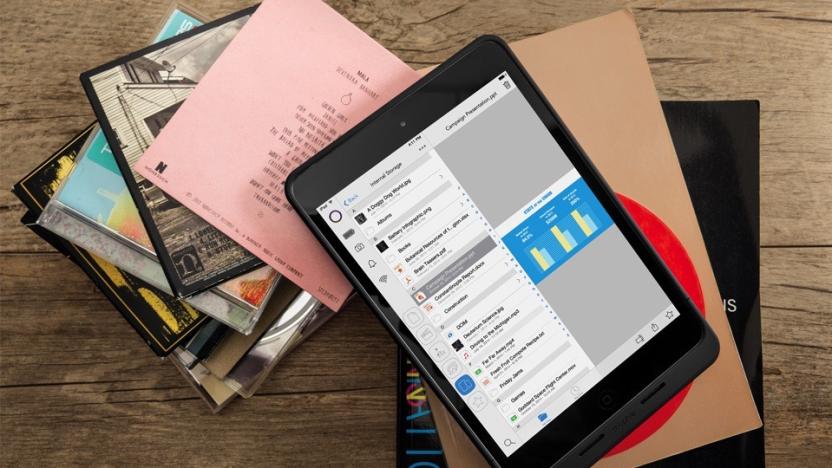
Mophie's 'Space' battery cases bring more storage to iPhone 6, iPad Mini
Last year Mophie, a company best known for its mobile battery offerings, stepped into slightly new territory by releasing a battery-toting iPhone case with external storage dubbed the "Space Pack." Now, as if on cue, Mophie is unveiling new entries in the Space Pack line for the iPhone 6, iPhone 6 Plus, and iPad Mini. And, not to be forgotten, there's also a new standalone battery pack called the "Spacestation." They all look very similar to Mophie's existing battery solutions, but they include anywhere from 32GB to 128 GB of flash storage, which could be useful for anyone stuck with a paltry 16GB iPhone or iPad Mini. But, as is typical for Mophie, that convenience won't come cheap. The iPhone Space Packs and the Spacestation start at $150 for 32GB of storage, and jump up to $200 for 64GB and $300 for 128GB. The iPad Mini pack, meanwhile, runs from $200 to $400.

NASA is working with Russia on a new space station (update: not quite)
Russia is teaming up with the USA to build ISS 2.0 once the current one's funding runs out in 2024 -- at least according to Russia Today and state news agency TASS. The country's space agency, Roscosmos threatened in February to use the Russian ISS modules as a platform for a new base of its own after 2024, but now it looks like there will be a followup collaboration. This time around, both parties are looking for participation from other countries, as well as private industry, and are apparently even eyeing a team-up for potential missions to Mars. Russian news outlets report the announcement came during a news conference Saturday following the launch of a year-long mission (video of the launch and subsequent ISS docking is embedded after the break) to the current International Space Station. Update: After waiting to get in touch with colleagues in Russia, NASA responded to our inquiry and says "no new partnerships were announced." So what's the status of the ISS to 2024 and beyond? NASA's statement only confirms "interest in continuing international cooperation" but doesn't go further than that -- you can read it in full after the break.
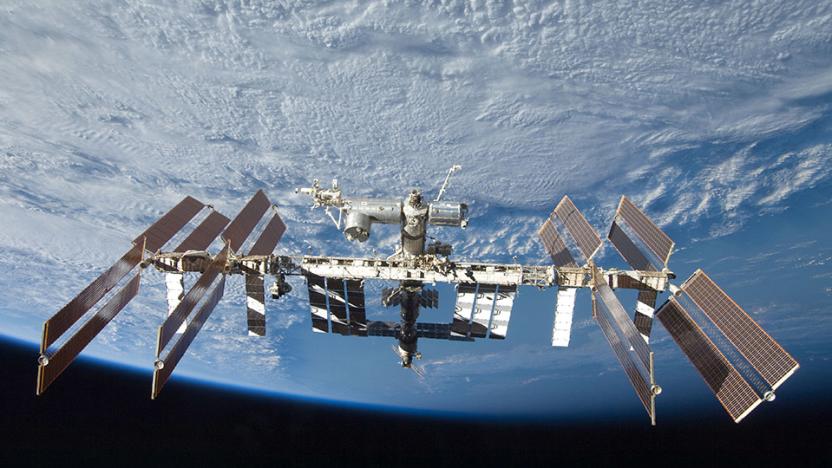
Russia will keep its pieces of the International Space Station in orbit
The International Space Station isn't expected to maintain funding past 2024, but that doesn't mean that everything will come crashing down when the money runs out. Russia's Federal Space Agency has decided that it will keep its station modules in orbit after the ISS goes out of service, using these leftovers to create its own base -- its first since Mir was decommissioned in 2001. Besides serving as a symbol of national pride, the ad hoc station should help with future missions that should include a manned Moon landing around 2030. Of course, this all assumes that the ISS doesn't get another lease on life -- if it does, Russia may have to go back to the drawing board. [Image credit: NASA]
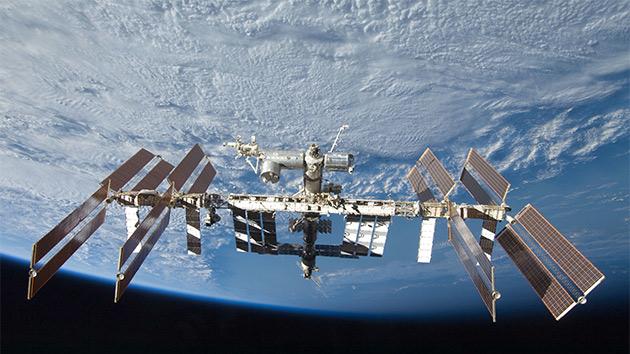
Russian official claims sea plankton was found clinging to ISS windows
There are plenty of places you'd expect to find plankton -- lakes, oceans, reruns of SpongeBob Squarepants -- but the external hull of the International Space Station probably wouldn't make your list. And yet, that's exactly where Russian cosmonauts claim to have found some, according to Russian news agency ITAR-TASS. As it happens, you may want to take that report with a grain of salt: We reached out to NASA for comment and spokesperson Dan Huot said the organization has received "zero official data" from Russia's Roscosmos space agency to corroborate these claims. Looks like it'll be a while before we actually get to the bottom of this.

3D printer headed to the International Space Station this August
Astronauts on the International Space Station will need to make room for one more gadget: a NASA-certified 3D printer. The device, designed by Made in Space at NASA's Ames Research Park in Mountain View, will launch on SpaceX CRS-4 in August, a few months ahead of schedule. Initially, astronauts will test the printer in the ISS' microgravity environment, but eventually it could be used to build tools and other hardware needed for on-board repairs or cubesat deployments. Down the road, Made in Space's clients could also have access to the printer for their own experiments. "This is unprecedented access to space," CEO Aaron Kemmer said in a press release. "If you want to 3D print in space, contact us now." [Image credit: NASA]

America's next fleet of spaceships will have to double as lifeboats
Right now, there are six people living and working in the International Space Station as it hurtles around our little oasis among the stars. That thought alone is astonishing/freaky enough until you realize the sheer number of things that could go wrong (Gravity, anyone?). That's why it's no surprise that NASA wants the new ships that'll ferry people and supplies to the ISS to act as lifeboats in case things up there take a turn for the worse.

You can see the International Space Station's view of Earth right now
It's possible to see the International Space Station floating overhead if you have the right equipment and good timing, but have you ever wondered what it sees at any given moment? As of now, you won't have to. NASA has switched on the High Definition Earth Viewing (HDEV) experiment, an internet stream that shows the station's view of our planet in real time; you can check it out below. Developed and run in part by high school students, it includes both multiple 720p camera feeds and the ISS crew's radio chatter.

Google's 3D-sensing phones are taking a trip to the International Space Station
It's arguably cool enough that Google is working on smartphones that can scan your surroundings, but now those devices are slated to take a spin in space too. How's that for living in the future? NASA first started sticking smartphones to machines back in 2011 when it used Samsung's Nexus S as the brains for a trio of robotic SPHERES satellite that use bursts of carbon dioxide to putter around the International Space Station. Those aging handsets will soon get the boot, as two of Google's Project Tango smartphones will hitch a ride on Orbital's Cygnus spacecraft when it resupplies the ISS in May. Why? The space agency is interested in seeing if the phone's spatial sensing abilities can help those floating robots navigate their surroundings better than they can right now. If it's lucky, NASA's zeal to upgrade the SPHERES' brains could ultimately lead to the development of a roaming robot that works as well outside the station (or around an asteroid) as it does inside a tin can hurtling around the earth.
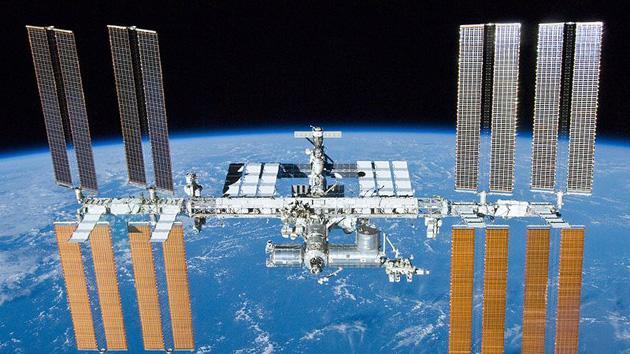
White House agrees to fund International Space Station until 2024
The International Space Station just got another lease on life. The White House has approved funding that would keep the floating lab running until "at least" 2024, as long as other countries also chip in. The additional funding should help both general science research as well as the human endurance studies that NASA needs for voyages to asteroids and Mars. The extension is primarily good news for those who want a long-term human presence in space; it's the second extension past the original 2015 decommissioning timeframe. It's also potentially good for business, as the deal will give SpaceX and other private spaceflight companies a better chance at growing their fledgling operations. [Image credit: NASA]








